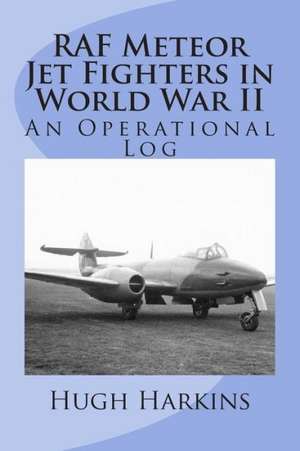RAF Meteor Jet Fighters in World War II, an Operational Log: An Operational Log
en Limba Engleză Paperback – 4 iul 2013
Preț: 193.95 lei
Nou
Puncte Express: 291
Preț estimativ în valută:
37.12€ • 40.07$ • 31.13£
37.12€ • 40.07$ • 31.13£
Carte disponibilă
Livrare economică 28 martie-11 aprilie
Preluare comenzi: 021 569.72.76
Specificații
ISBN-13: 9781903630228
ISBN-10: 1903630223
Pagini: 274
Dimensiuni: 156 x 234 x 15 mm
Greutate: 0.39 kg
Editura: Centurion Publishing
ISBN-10: 1903630223
Pagini: 274
Dimensiuni: 156 x 234 x 15 mm
Greutate: 0.39 kg
Editura: Centurion Publishing





